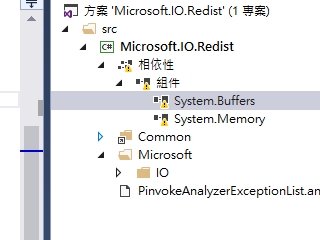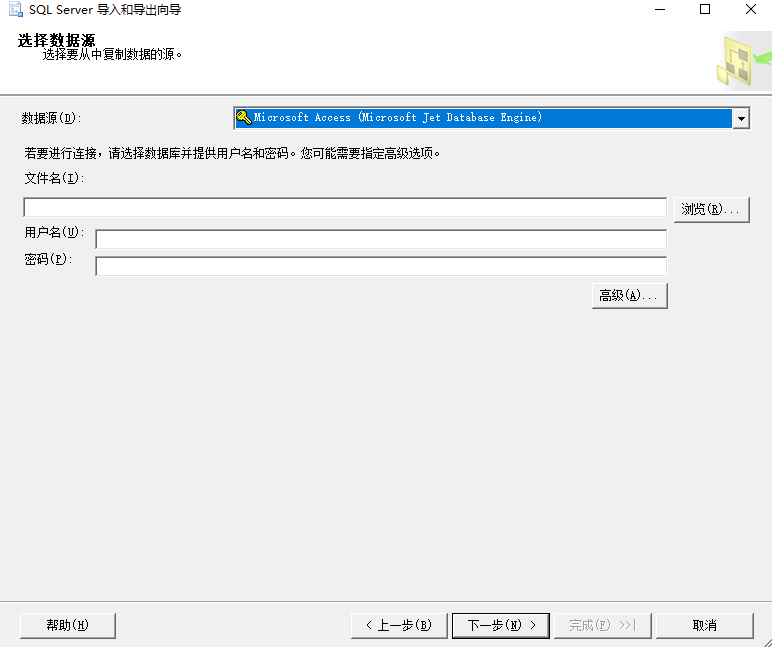可以将文章内容翻译成中文,广告屏蔽插件可能会导致该功能失效(如失效,请关闭广告屏蔽插件后再试):
问题:
I'm really confused. I tried to encode but the error said can't decode....
>>> "你好".encode("utf8")
Traceback (most recent call last):
File "<stdin>", line 1, in <module>
UnicodeDecodeError: 'ascii' codec can't decode byte 0xe4 in position 0: ordinal not in range(128)
I know how to avoid the error with "u" prefix on the string. I'm just wondering why the error is "can't decode" when encode was called. What is Python doing under the hood?
回答1:
"你好".encode('utf-8')
encode converts a unicode object to a string object. But here you have invoked it on a string object (because you don't have the u). So python has to convert the string to a unicode object first. So it does the equivalent of
"你好".decode().encode('utf-8')
But the decode fails because the string isn't valid ascii. That's why you get a complaint about not being able to decode.
回答2:
Always encode from unicode to bytes.
In this direction, you get to choose the encoding.
>>> u"你好".encode("utf8")
'\xe4\xbd\xa0\xe5\xa5\xbd'
>>> print _
你好
The other way is to decode from bytes to unicode.
In this direction, you have to know what the encoding is.
>>> bytes = '\xe4\xbd\xa0\xe5\xa5\xbd'
>>> print bytes
你好
>>> bytes.decode('utf-8')
u'\u4f60\u597d'
>>> print _
你好
This point can't be stressed enough. If you want to avoid playing unicode "whack-a-mole", it's important to understand what's happening at the data level. Here it is explained another way:
- A unicode object is decoded already, you never want to call
decode on it.
- A bytestring object is encoded already, you never want to call
encode on it.
Now, on seeing .encode on a byte string, Python 2 first tries to implicitly convert it to text (a unicode object). Similarly, on seeing .decode on a unicode string, Python 2 implicitly tries to convert it to bytes (a str object).
These implicit conversions are why you can get UnicodeDecodeError when you've called encode. It's because encoding usually accepts a parameter of type unicode; when receiving a str parameter, there's an implicit decoding into an object of type unicode before re-encoding it with another encoding. This conversion chooses a default 'ascii' decoder†, giving you the decoding error inside an encoder.
In fact, in Python 3 the methods str.decode and bytes.encode don't even exist. Their removal was a [controversial] attempt to avoid this common confusion.
† ...or whatever coding sys.getdefaultencoding() mentions; usually this is 'ascii'
回答3:
You can try this
import sys
reload(sys)
sys.setdefaultencoding("utf-8")
Or
You can also try following
Add following line at top of your .py file.
# -*- coding: utf-8 -*-
回答4:
If you're using Python < 3, you'll need to tell the interpreter that your string literal is Unicode by prefixing it with a u:
Python 2.7.2 (default, Jan 14 2012, 23:14:09)
[GCC 4.2.1 (Based on Apple Inc. build 5658) (LLVM build 2335.15.00)] on darwin
Type "help", "copyright", "credits" or "license" for more information.
>>> "你好".encode("utf8")
Traceback (most recent call last):
File "<stdin>", line 1, in <module>
UnicodeDecodeError: 'ascii' codec can't decode byte 0xe4 in position 0: ordinal not in range(128)
>>> u"你好".encode("utf8")
'\xe4\xbd\xa0\xe5\xa5\xbd'
Further reading: Unicode HOWTO.
回答5:
You use u"你好".encode('utf8') to encode an unicode string.
But if you want to represent "你好", you should decode it. Just like:
"你好".decode("utf8")
You will get what you want. Maybe you should learn more about encode & decode.
回答6:
In case you're dealing with Unicode, sometimes instead of encode('utf-8'), you can also try to ignore the special characters, e.g.
"你好".encode('ascii','ignore')
or as something.decode('unicode_escape').encode('ascii','ignore') as suggested here.
Not particularly useful in this example, but can work better in other scenarios when it's not possible to convert some special characters.
Alternatively you can consider replacing particular character using replace().
回答7:
If you are starting the python interpreter from a shell on Linux or similar systems (BSD, not sure about Mac), you should also check the default encoding for the shell.
Call locale charmap from the shell (not the python interpreter) and you should see
[user@host dir] $ locale charmap
UTF-8
[user@host dir] $
If this is not the case, and you see something else, e.g.
[user@host dir] $ locale charmap
ANSI_X3.4-1968
[user@host dir] $
Python will (at least in some cases such as in mine) inherit the shell's encoding and will not be able to print (some? all?) unicode characters. Python's own default encoding that you see and control via sys.getdefaultencoding() and sys.setdefaultencoding() is in this case ignored.
If you find that you have this problem, you can fix that by
[user@host dir] $ export LC_CTYPE="en_EN.UTF-8"
[user@host dir] $ locale charmap
UTF-8
[user@host dir] $
(Or alternatively choose whichever keymap you want instead of en_EN.) You can also edit /etc/locale.conf (or whichever file governs the locale definition in your system) to correct this.



